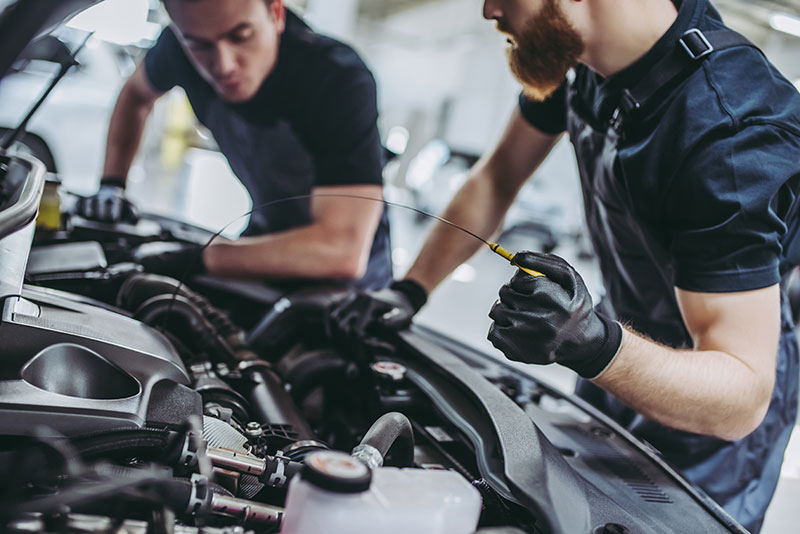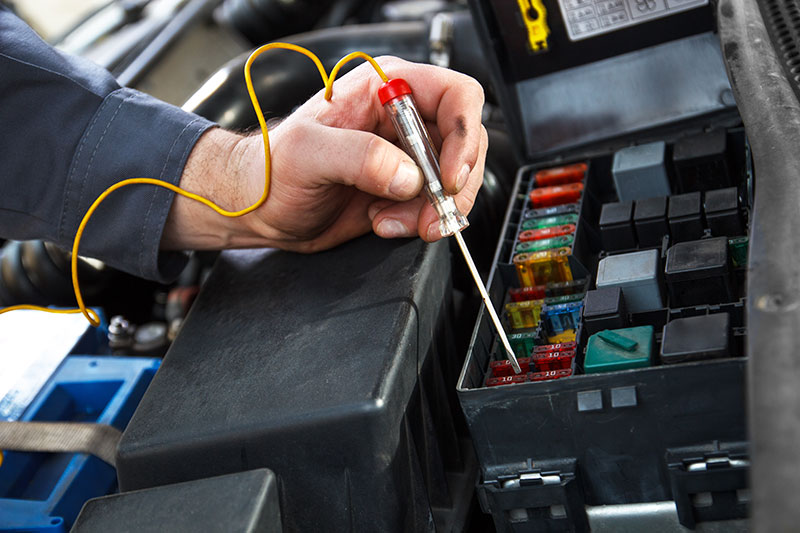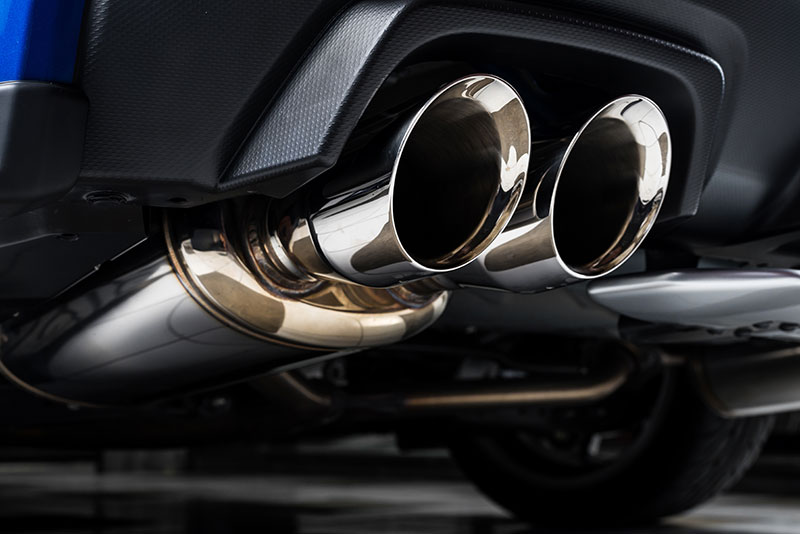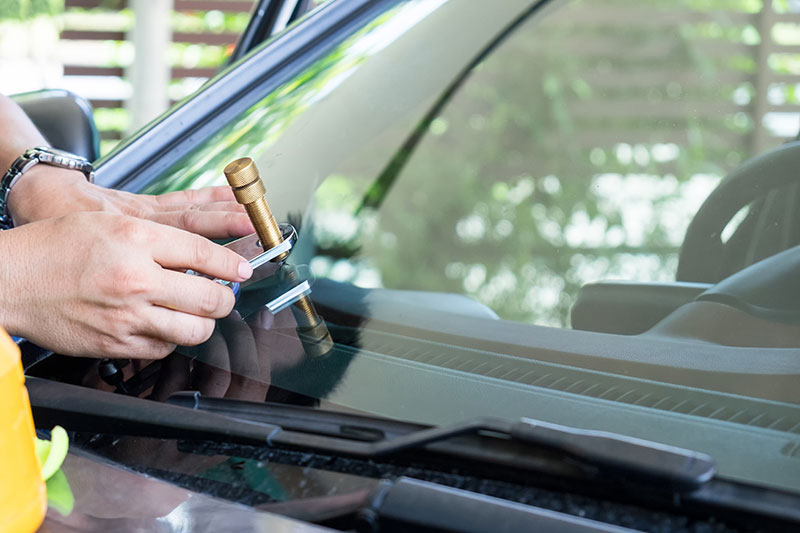Driver Tips
FOR YOUR SAFETY, IT IS RECOMMENDED TO HAVE YOUR
book now
Safe braking guide
A brake service is normally recommended bi-annually. Although, if your vehicle is used excessively the following will help you determine the tell-tale signs of when your brakes need to be checked.
A brake service is immediately required when:
- You take longer to come to a full stop
- You feel pulsations through the brake pedal
- You feel like your vehicle is pulling to one side when you brake
- You hear a squeaking / squealing / grinding noise when you brake
- Your brake pedal goes to the floor or feels spongy before the brakes are activated

Checking the coolant level
After you have allowed your vehicle’s engine to cool down, locate the coolant reservoir.
The level of coolant should be between the ‘low’ and ‘high’ markings outside the reservoir.

Checking the battery terminals
If the battery terminals are not clean, it is more difficult for the current to pass through the electrical system.
Remove the terminal caps and clean each contact post with a wire brush to get a nice clean metal contact surface. Clean the terminal caps before you reattached them.

Checking the tyres
Incorrect type of pressure will affect the fuel consumption, car handling and ride comfort.
After locating the tread wear indicator of your tyres, examine the level. If it is low, your tyres will need replacing.

Is your vehicle burning too much fuel?
Request an oxygen sensor check at your next major service, as it may be due to a worn oxygen sensor.

Checking the windscreen
Small cracks in the windscreen can be extremely dangerous. To avoid further damage, have your windscreen replaced or cracks repaired.
To avoid your vision being affected during rainy weather, ensure that your vehicle’s wipers are in good working order. Regular wiper blade replacement is recommended.